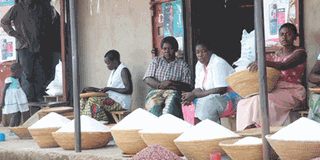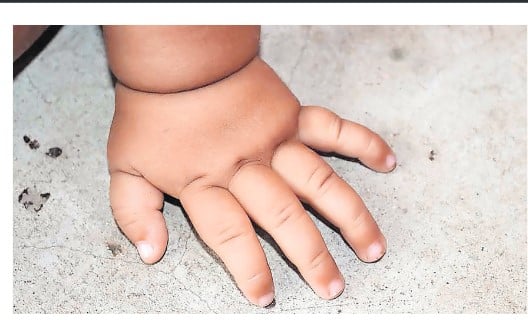Prime
Rice demand still high despite price increase

Rice is one of the foods that is enjoyed by many Ugandans. The grain that is sold and eaten in Uganda comes from different parts of the world including Pakistan, Tanzania, Vietnam and from the eastern and northern parts of Uganda. Though one may say that there is a variety that people can choose from, most retail shop owners say that Ugandans have a particular preference of rice.
According to Ms Deborah Nakaryowa, a retail shop owner in Kabalagala, her customers always prefer a particular type known as super. “They like it because it has a good taste and smells good,” she says. However, she adds that since super rice is grown in different areas, many people have learnt to differentiate the types and a lot of them prefer the type from Mbale whose seeds are not whole but rather, broken. Super rice is grown in Mbale, Gulu and Tanzania. Super has less stones, so one doesn’t spend a lot of time sorting it.
Because of its cleanliness, Pakistan rice is another preferred type by very many people. Ms Nakaryowa says that this is preferred especially by those who don’t want to sort rice and it does not get soggy when cooked. Pakistan rice has tiny seeds and is very white.
“People don’t like Vietnam rice because when you cook it, it doesn’t look as good as the other types,” Ms Nakiryowa says of the Vietnam rice with big seeds.
Kaiso, is another type although most people are not sure where it comes from. It has many stones in it. “One may need some hours to sort kaiso before it is ready for cooking,” she explains. “Kaiso is often bought by people who have no money to afford the other types.”
Ms Nakaryowa says that Tilda rice from Bugiri district, is one type that has low demand. She argues, “People don’t buy it because it is not tasty at all and it is worse than Vietnam when cooked.”
Prices for rice have increased by Shs500 and less in different parts of the country. Despite the increase in prices, Ms Nakaryowa says that the demand for rice is still high because it is eaten in almost every homestead especially by children. Super and Pakistan are on high demand.
In case you would like to venture into rice growing, here are tips from lifeguides.net on how to grow rice.
•Put five to seven inches of soil in a bucket (slightly larger than one hand deep) and place one handful of rice on top of the dirt.
•Cover the dirt and rice with water so that the water rises about two inches above the top of the soil. Keep your bucket or buckets in a sunny area, so the rice can thrive in a warm, sunny climate.
•Check your water levels regularly and add water, if necessary.
•When your rice plants grow beyond six inches, increase your bucket level to four inches above the top of the soil. Let the water slowly evaporate over time, so that your plant has room to grow and be harvested.
•When your plant transforms from a green to a gold colour, it’s a signal to harvest the rice. Your plant has to grow for approximately four months, before it can be harvested.
•After you harvest the rice, wrap up the stalks inside a newspaper and let them sit in a warm place for a couple of weeks. Remove the shells from the rice and let the rice simmer in low heat.
According to lifeguide.net, there are different types of rice to consider: paddy rice, deep-water rice, rain-fed lowland rice and upland rice.
Paddy rice growth is controlled by the farmer, whereas deep-water rice grows near the river and other water banks and depends largely on the weather.
Lowland rice thrives in monsoonal regions where ridges are built into the land in order to retain water after the rain. Upland rice is grown in areas of frequent rain on slopes.




